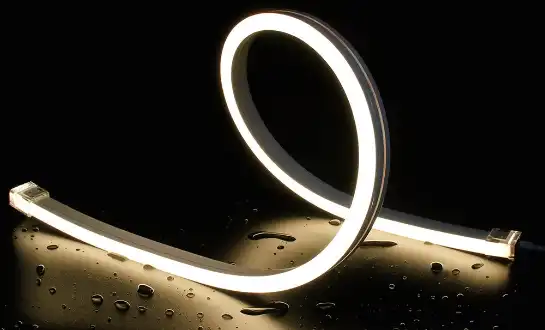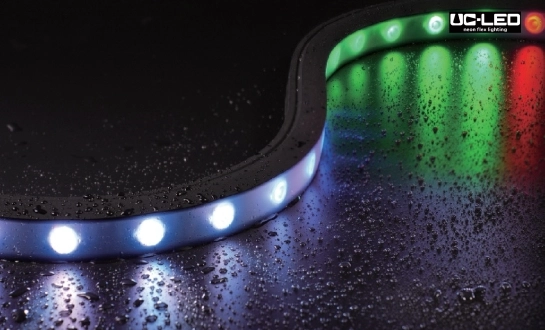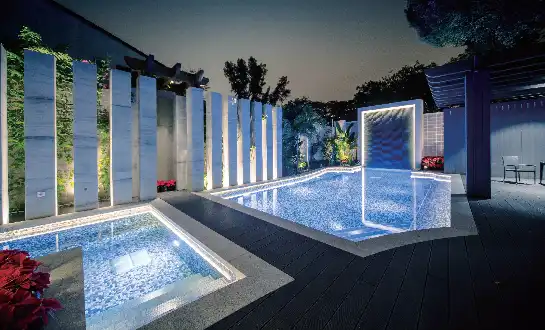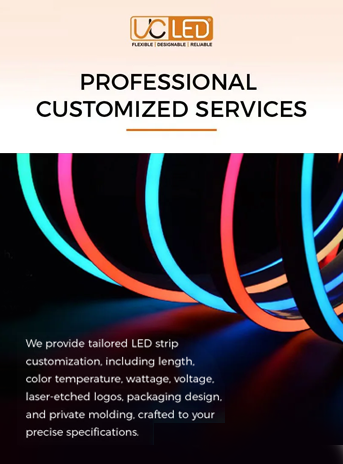Everything You Need to Know Before Buying LED Neon Flex Strip
LED Neon Flex Strip is a versatile and energy-efficient lighting solution that has gained immense popularity in recent years. Before purchasing this innovative product, it's crucial to understand its key features, applications, and considerations. LED Neon Flex Strips offer a flexible, durable, and customizable alternative to traditional neon lighting. They provide bright, uniform illumination while consuming less energy and requiring minimal maintenance. When selecting LED Neon Flex Strips, consider factors such as color options, IP ratings for water resistance, voltage requirements, and installation methods. By familiarizing yourself with these aspects, you'll be better equipped to choose the perfect LED Neon Flex Strip for your specific lighting needs.
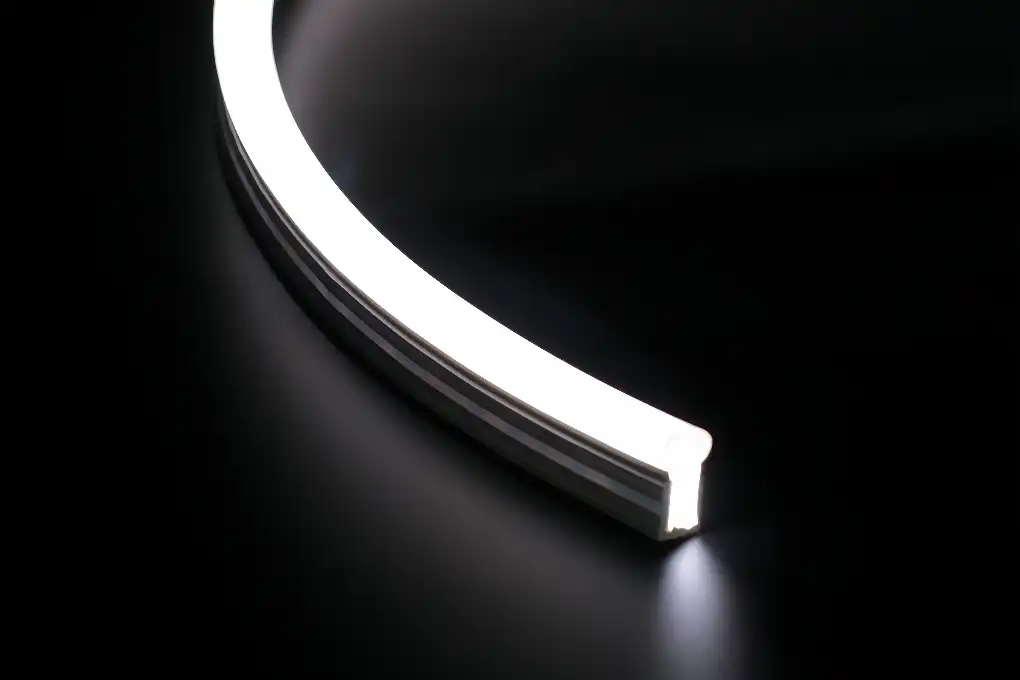
Introducing the Basics of LED Neon Flex Strips
What is LED Neon Flex?
LED Neon Flex is a modern lighting technology that mimics the appearance of traditional glass neon tubes while offering numerous advantages. It consists of a series of LEDs encased in a flexible PVC or silicone housing, creating a continuous line of light. Unlike conventional neon, LED Neon Flex is safer, more energy-efficient, and easier to install.
Components and Construction
The construction of flexible LED Neon involves several key components. At the core are high-quality LED chips, typically SMD (Surface Mounted Device) LEDs, which provide the actual light output. These LEDs are mounted on a flexible PCB (Printed Circuit Board) that allows for the strip's bendability. The outer casing is made from durable materials like silicone or PVC, which protect the internal components and diffuse the light for a smooth, even glow.
Types of LED Neon Flex
LED Neon Flex Strips come in various types to suit different applications. Some common varieties include:
- Single-color LED Neon Flex: Available in a wide range of colors, perfect for creating consistent lighting effects.
- RGB LED Neon Flex: Offers the ability to change colors and create dynamic lighting scenes.
- Addressable LED Neon Flex: Allows for individual control of LED segments, enabling complex patterns and animations.
- Side-view LED Neon Flex: Emits light from the side rather than the top, ideal for edge-lighting applications.
Key Factors to Consider When Choosing LED Neon Flex Strips
Brightness and Color Options
The brightness of LED Neon Flex Strips is measured in lumens per meter. Higher lumen outputs result in brighter illumination, but also consume more power. Consider the intended application when selecting brightness levels. Color options range from warm white to cool white and include a spectrum of vibrant colors. Some LED Neon Flex Strips offer RGB functionality, allowing for dynamic color changes and effects.
Flexibility and Bendability
One of the key advantages of LED Neon Flex Strips is their flexibility. However, different models have varying degrees of bendability. Some can be bent into tight curves, while others are designed for gentler bends. Be sure to check the minimum bending radius specified by the manufacturer to ensure the strip can accommodate your design requirements without damaging the internal components.
IP Rating and Weatherproofing
For outdoor applications or areas exposed to moisture, the IP (Ingress Protection) rating of the LED Neon Flex Strip is crucial. Look for ratings such as IP65, IP67, or IP68 for water-resistant or waterproof options. Higher IP ratings indicate better protection against dust and water ingress, ensuring the longevity of your installation in challenging environments.
Power Requirements and Voltage
LED Neon Flex Strips typically operate on low-voltage DC power, usually 12V or 24V. Ensure that you have the appropriate power supply to match the voltage requirements of your chosen strip. Consider the total power consumption of your installation, factoring in the length of the strip and any controllers or dimmers you plan to use.
Installation and Maintenance Tips for LED Neon Flex Strips
Proper Mounting Techniques
Correct installation is vital for the performance and longevity of your LED Neon Flex Strip. Most strips come with mounting clips or channels that secure the strip in place. Ensure that the mounting surface is clean, dry, and smooth before installation. For curved applications, use more mounting points to maintain the desired shape and prevent sagging.
Wiring and Connection Considerations
When installing LED Neon Flex Strips, pay attention to proper wiring and connections. Use appropriate gauge wires to prevent voltage drop over long runs. Solder connections where possible for the most reliable and durable electrical contact. For outdoor installations, use waterproof connectors and junction boxes to protect electrical connections from moisture.
Maintenance and Troubleshooting
LED Neon Flex Strips are generally low-maintenance, but regular cleaning can help maintain their appearance and performance. Use a soft, damp cloth to remove dust and debris. Avoid using harsh chemicals that could damage the outer casing. If you encounter issues such as flickering or dead sections, check for loose connections or damaged segments. Many problems can be resolved by ensuring proper power supply and secure connections.
Extending Lifespan and Efficiency
To maximize the lifespan and efficiency of your LED Neon Flex Strips, consider implementing a few best practices. Use dimmers or controllers to reduce brightness when full output isn't necessary, which can help conserve energy and extend the life of the LEDs. Ensure proper ventilation around the installation to prevent overheating, especially in enclosed spaces. Regularly inspect the strips for any signs of wear or damage, addressing issues promptly to prevent further complications.
Conclusion
LED Neon Flex Strips offer a versatile and energy-efficient lighting solution for a wide range of applications. By understanding the key factors such as brightness, flexibility, weatherproofing, and power requirements, you can make an informed decision when purchasing these innovative lighting products. Proper installation and maintenance will ensure optimal performance and longevity of your LED Neon Flex Strip installation. For more information or expert advice on choosing the right LED Neon Flex Strip for your project, don't hesitate to reach out to us at Linda@uc-led.com.
References
1. Johnson, M. (2022). The Complete Guide to LED Neon Flex: Applications and Installation. Lighting Technology Review, 18(3), 45-62.
2. Smith, A., & Brown, R. (2021). Energy Efficiency in Modern Lighting: A Comparative Study of LED Neon Flex and Traditional Neon. Journal of Sustainable Lighting, 9(2), 112-128.
3. Chen, L., et al. (2023). Advancements in LED Neon Flex Technology: Materials, Manufacturing, and Performance. Advanced Materials for Lighting, 7(4), 289-305.
4. Thompson, E. (2022). Designing with Light: Creative Applications of LED Neon Flex in Architecture and Interior Design. Architectural Lighting Quarterly, 33(1), 76-92.
5. Wilson, K., & Davis, R. (2023). LED Neon Flex in Outdoor Environments: Durability and Long-term Performance Analysis. International Journal of Lighting Research and Technology, 55(2), 201-218.
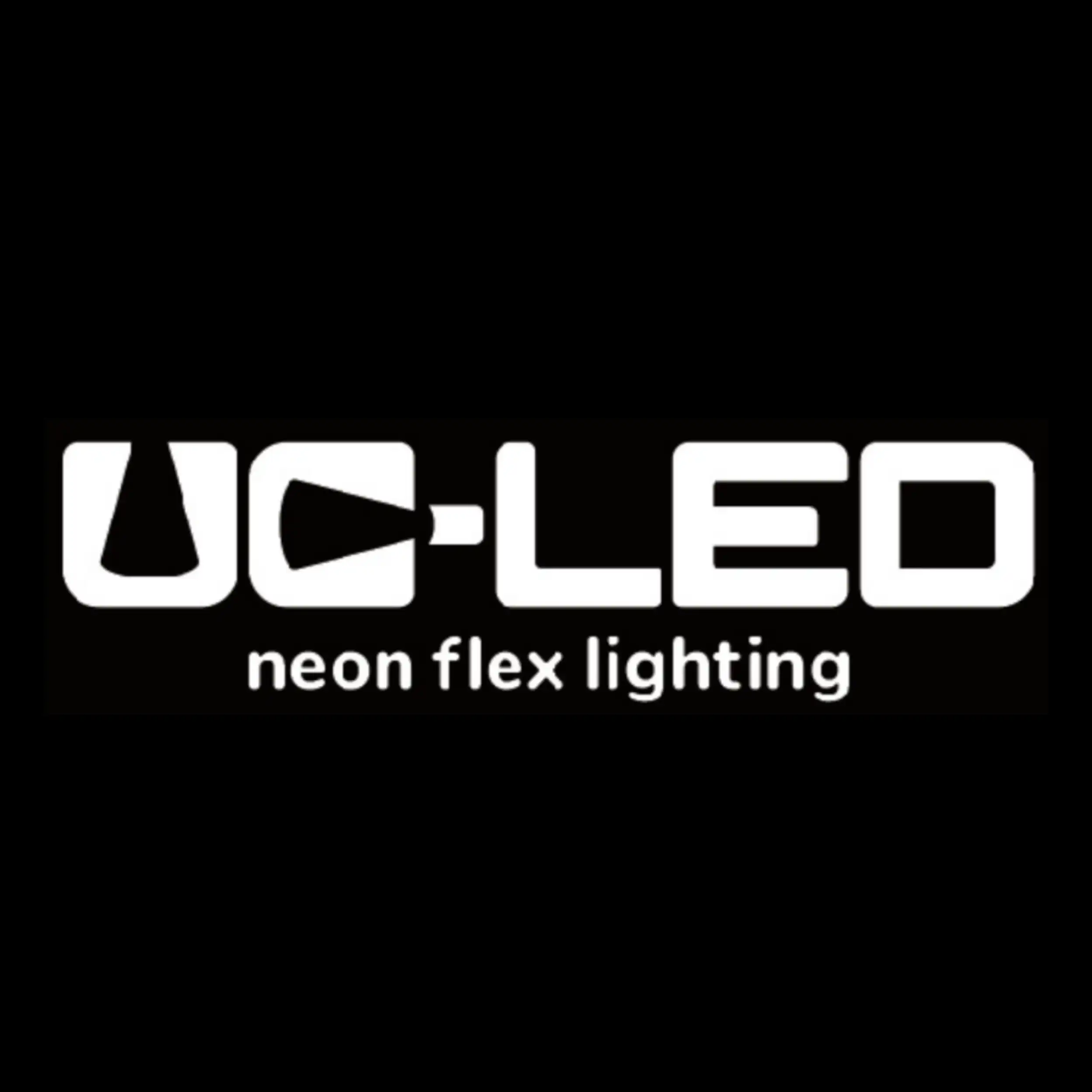
Looking for high-quality LED flexible strips? Click for a free quote in 24 hours!

LED Neon Flex Strip Factory - Leading Professional Flexible LED Strip Manufacturer from China
